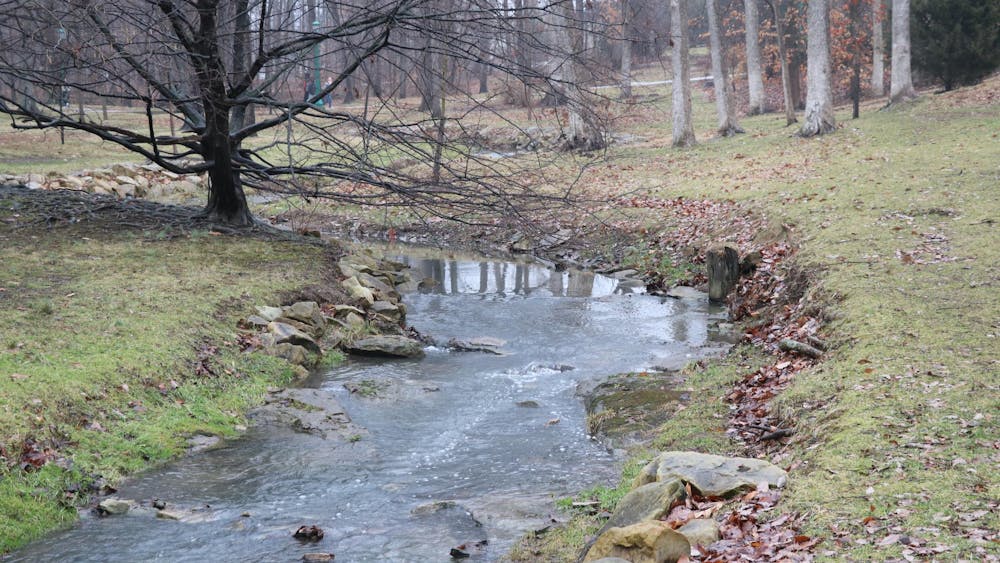Although the aftermath of Tropical Storm Isaac brought rain to Bloomington last week, water restrictions remain in the city.
But the county-wide burn ban, issued by the Monroe County Commissioners, was lifted Tuesday.
“This burn ban was from June 15 to September 3, which is the longest-running ban I can remember,” said James Comerford, coordinator of Monroe County Emergency Management.
It was safe to lift the burn ban, Comerford said, after the area received 2 inches of rain during the holiday weekend.
Comerford said the ban did help the situation, but because Bloomington and Monroe County are still behind in overall rainfall, it will not take long to return to the problem.
Water restrictions for households and businesses in Bloomington will continue until Oct. 11.
“The water ban is still in place and is being reviewed in 15-day increments,” said Patrick Murphy, director of the City of Bloomington Utilities. “We will make another recommendation on Sept. 11.”
Murphy said as of Thursday there has been an 18-percent reduction in water demands since the restrictions were issued. The average daily usage declined from 21 million gallons a day to 17 million gallons.
Indianapolis Mayor Greg Ballard announced Wednesday that the Indianapolis water ban, which began July 15, has ended.
According to the U.S. Seasonal Drought Outlook from the National Weather Service, the drought has affected more than 60 percent of the country during the last few months. From April 1 to Aug. 14, many counties in Indiana received less than 8 inches
of rain.
Based on the outlook for the period of Aug. 16 to Nov. 30, Bloomington is predicted to show drought improvements but still see effects of the drought.
According to the Weather Channel website, the months of July and August 2012 have been recorded with a zero-inch average precipitation rate.
In recent years, Bloomington’s average precipitation rates in July has been 4.54 percent, 3.47 percent in August and 3.72 percent in September.
“Drought can be defined in a number of ways,” said Scott Robeson, IU professor and chair of the geography department. “In terms of short-term drought, we are nearly there. For 90-day or annual precipitation, we are still at about 50 percent of
average precipitation.”
Robeson said the weekend rainfall added moisture to Bloomington’s uppermost layers of soil. Since the drought is a long-term event, the reservoir’s results are at less-than-normal conditions. Low levels are dangerous to trees because trees need to tap into the deep soil for moisture, Robeson said.
“The recent precipitation should help to ease demand for irrigation,” Robeson said. “But because the reservoirs are still low, trees are suffering and will likely die as a
result of the drought.”
According to the U.S. Department of Agriculture, 51 percent of the crops, especially corn, are in very poor conditions after this summer.
“The drought has had a significant impact on the crops,” said Andy Dietrick, Indiana Farm Bureau director of public relations. “Corn has been devastated, and the current rain has had both positive and negative impacts.”
Heavy rains and winds destroy crops and can make crops like corn moldy and dangerous to livestock and consumers, he said. Other crops, such as soybeans, were helped by the rain and moisture.
“Farmers have just started harvesting,” Dietrick said. “How the farms really are is spotty. It is a hit and miss. We just have to get out in the fields and see.”
Monroe County Commissioners lift burn ban
Get stories like this in your inbox
Subscribe





